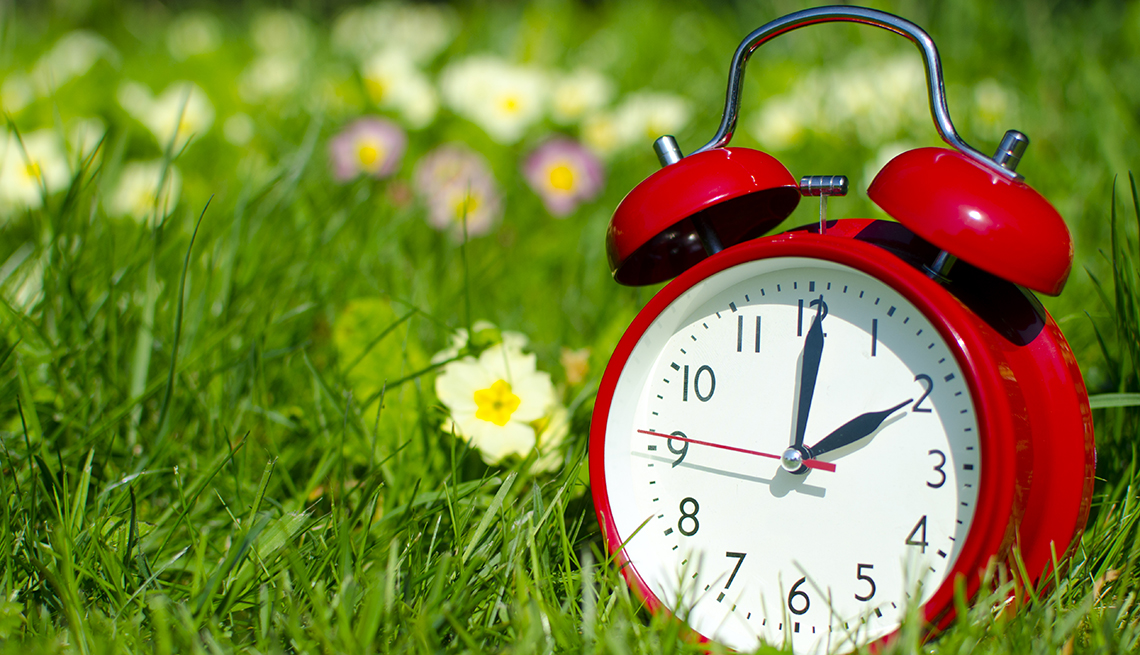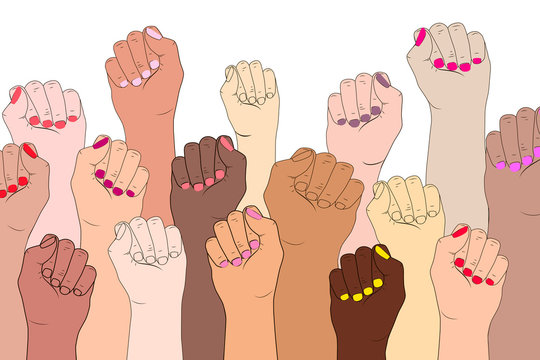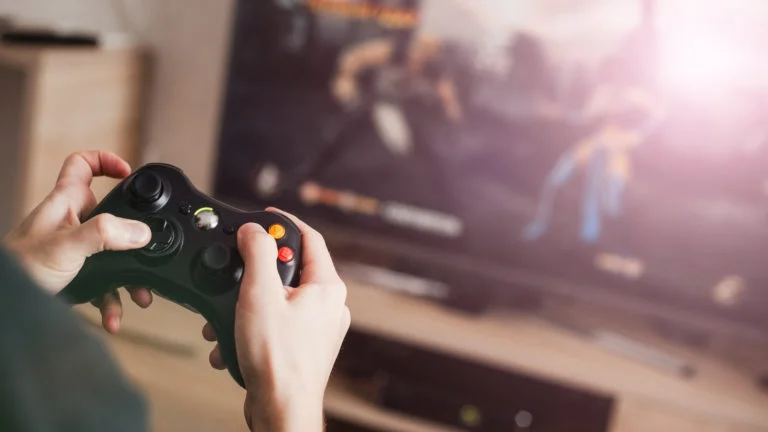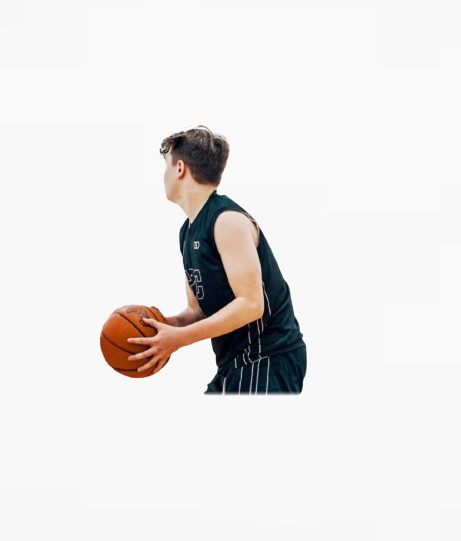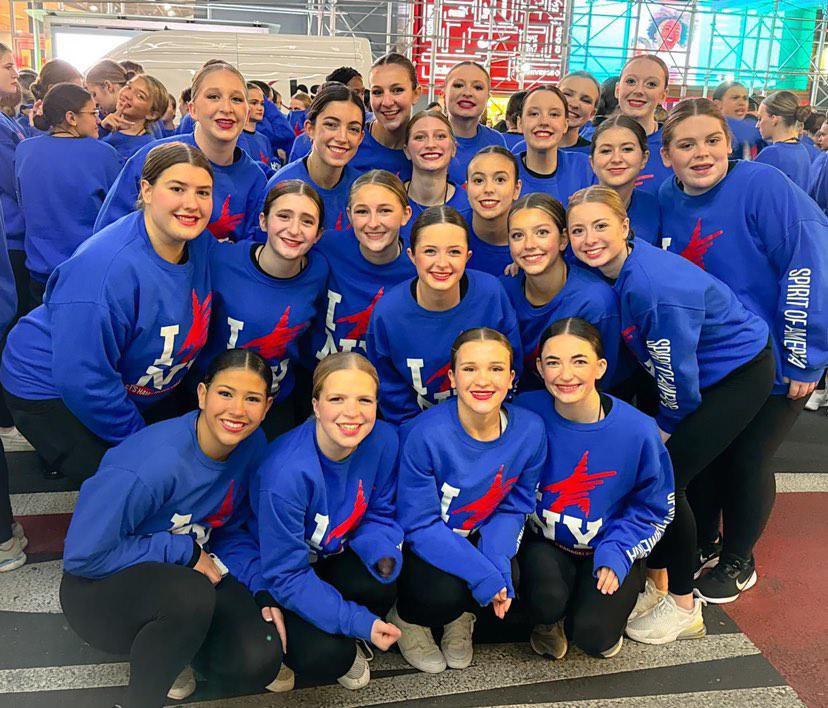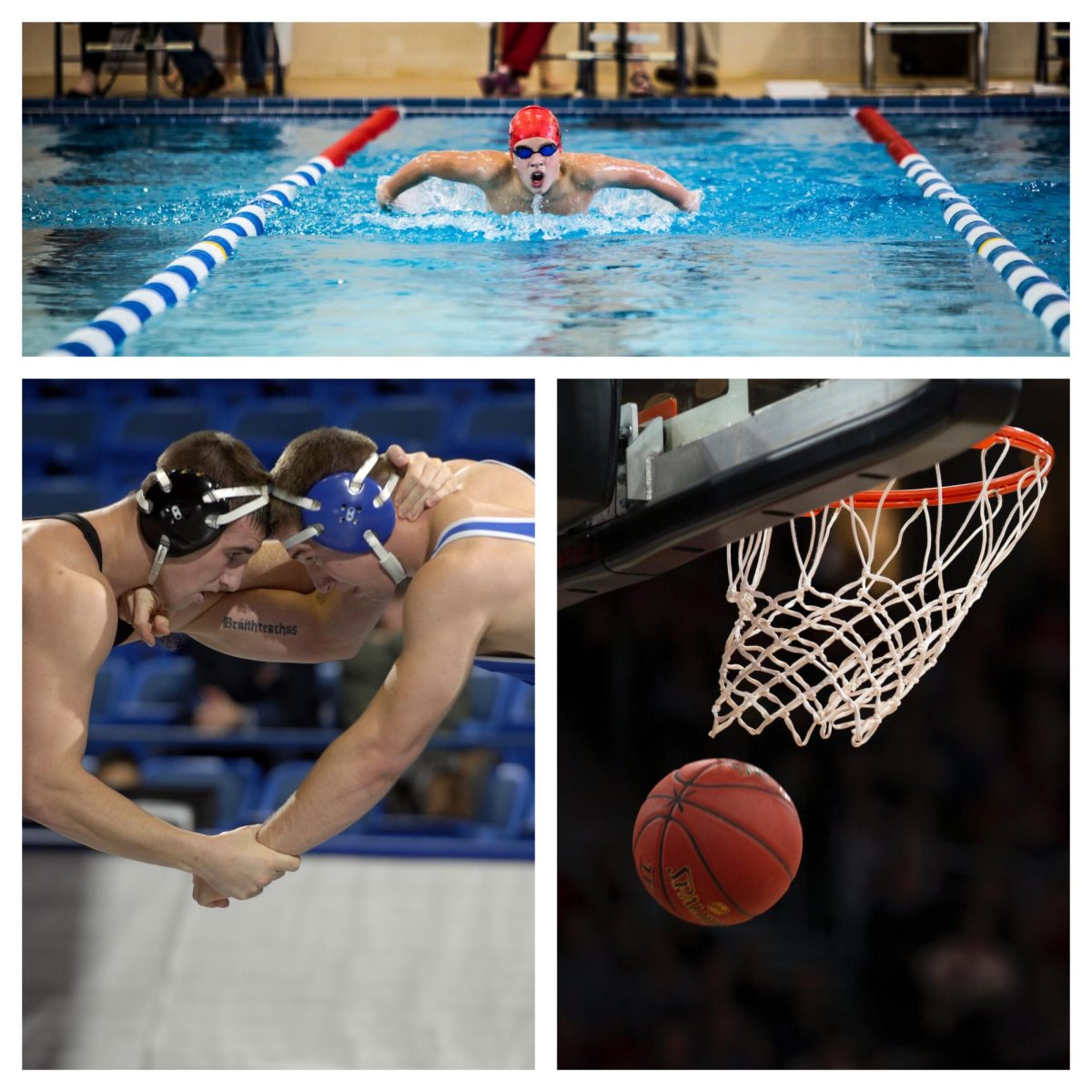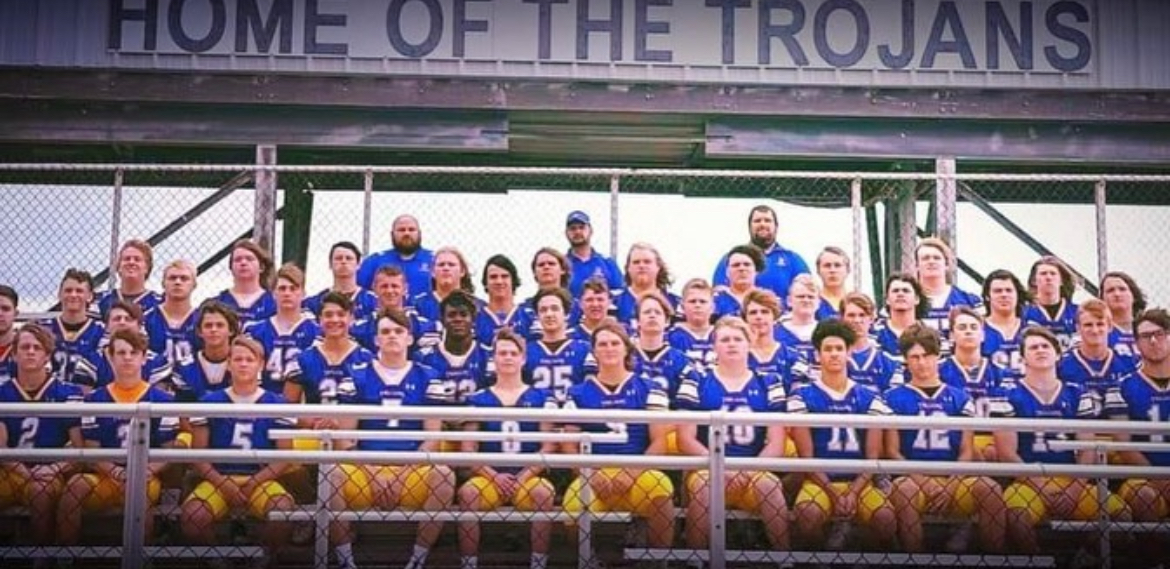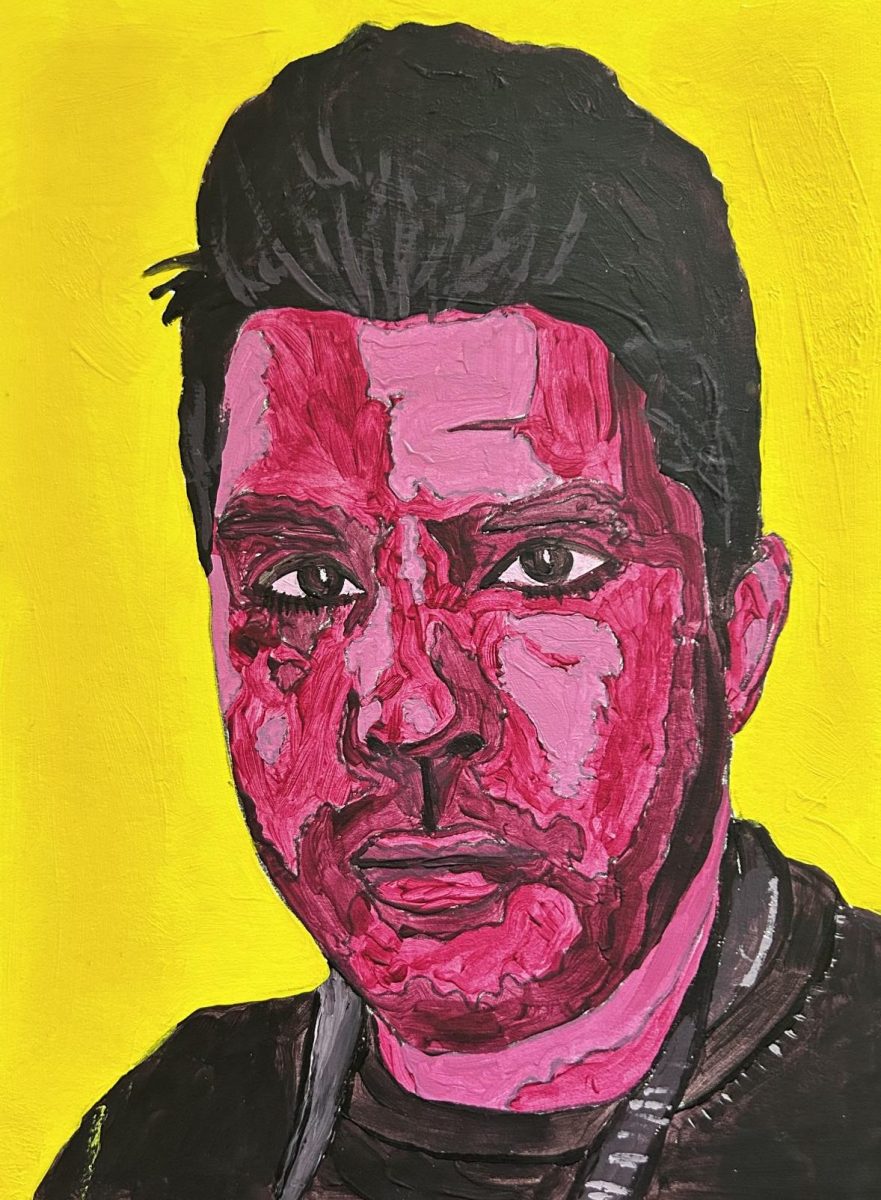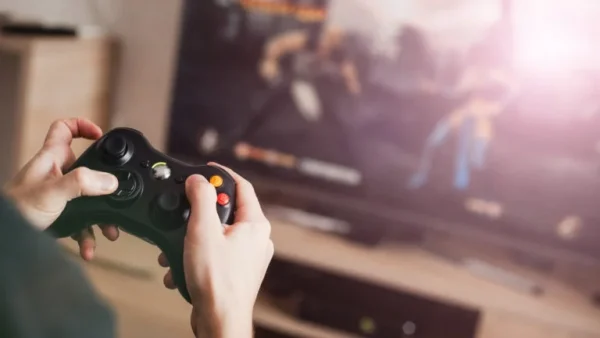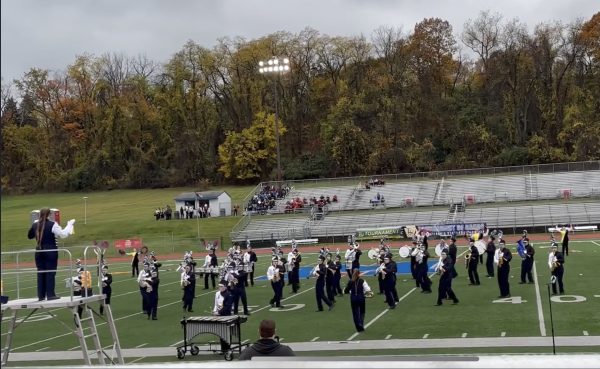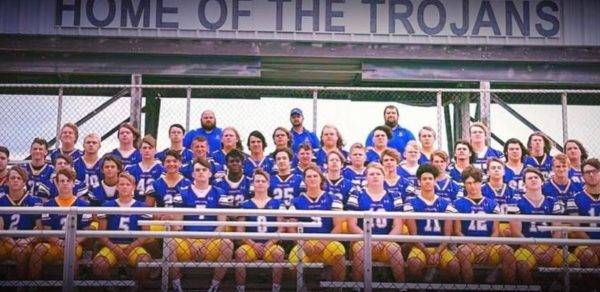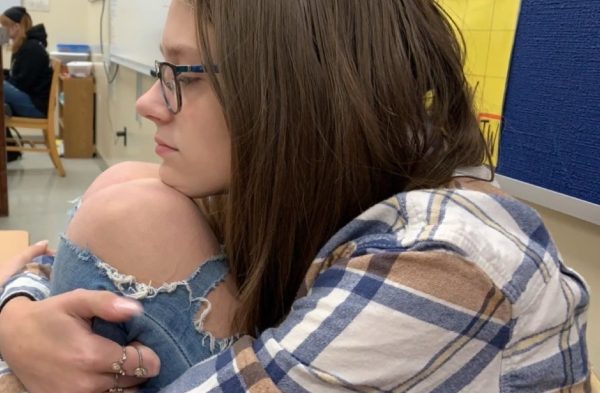The Student Athlete
I recently received a text message from a friend who is committed to Seton Hill University, a D2 school, as a lacrosse goalie. This message was asking if my mother, whose job is to medically take care of collegiate athletes, did any research on student suicides. This friend of mine was scared.
Scared of the rising numbers, scared how they will soon have the title of collegiate athlete, and scared that the pressures could get to them.
More relevant now than ever before is the mental health of student-athletes. Affecting all sports, this arising issue spans almost 60% of all high school population, not even to mention the youth athletics programs and the adults participating in college competitions. The mental struggles with student-athletes know no gender, age, or sexuality. Any and all can be a victim of the pressures and now more than ever we see that is the case.
But why?
Athletes face relentless pressures that surround them and grow daily. According to athlete Cailin Bracken, a women’s lacrosse player at Vanderbilt University, athletes are “taking on a self-imposed responsibility to maintain your academics, your social life, your career, and your relationships — all the while learning to navigate complicated feelings, conflict, the wavering sense of worthiness and having your basic psychological needs met as a young adult.” During the times we are currently in and still recovering from the pandemic, mental health concerns for our youth are at an all-time high. Taking that and adding the pressures already present for an athlete, it is no wonder that these kids feel overwhelmed.
Senior Tiana Morocco plans to attend the University of Pitt Greensburg for basketball. Senior Ryan Hood plans to attend Gannon for baseball. Both have their concerns about the problem at hand. Morocco explains how she is excited and happy that she gets the opportunity to play in college, but when asked if the raising issue involving mental health concerns her she was quick to answer yes.
“With other people it scares me because if it’s my teammate it would be really detrimental and sad,” says Moracco. She goes on to say how high school sports may have prepared her because she has always been surrounded by pressure.
Hood has the same concerns, yet for different reasons. “I think there is a stigma placed around athletes always being healthy and happy” says Hood, “not all of them are always healthy and happy though.”
This issue is present and real. Major companies such as Dick’s Sporting Goods have acknowledged it and are speaking out. On May 1, 2022 Dick’s Sporting Goods’ Instagram posted in honor of May being Mental Health Awareness month stating that 35% of athletes struggle with their mental health. They also spoke out by saying how “learning, supporting and listening can make all the difference.” Relying on these athletes to reach out for help when they need it is not enough. All the resources are there, but students are not taking advantage of them when they need it most. With the many resources in place, how can we rely on them when as of April 28, 2022, we have seen five NCAA student athlete suicides in less than two months.
We need to push more resources to them, have mandatory mental checkups, and shove onto them the help they need before it is too late.

Abigail is a senior writer for the Station. She is the president of Spanish National Honor Society and participates in other clubs such as Interact and...


